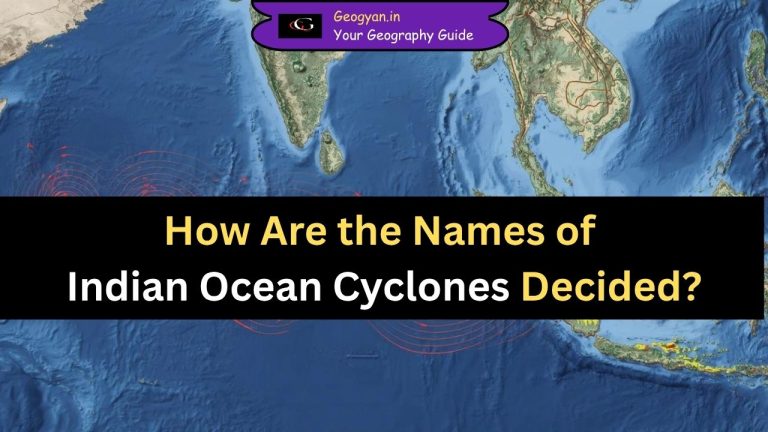Estimated reading time: 4 minutes
Table of contents
- What is the Green Credit Programme?
- Who is eligible to participate in the Green Credit Programme?
- What kind of activities or actions generate Green Credits?
- How is the land selected for green/ tree plantation under Green Credit?
- What is the process to apply / register for Green Credits?
- How are Green Credits calculated and awarded?
- What are the rules / obligations for the implementing agency under Green Credit projects (maintenance, duration, reporting)?
- How long must plantation or green projects be maintained to get/retain Green Credits?
- What monitoring, verification, or audit mechanisms ensure credibility in the Green Credit system?
- FAQs
- You Might Also Like
India has launched the Green Credit Programme (GCP) as a pioneering step to link environmental conservation with financial incentives. It encourages individuals, companies, and communities to take part in eco-friendly activities and earn Green Credits, which can later be traded. This innovative model supports sustainable development and climate commitments like India’s net-zero target for 2070.
What is the Green Credit Programme?
The Green Credit Programme is a market-based mechanism launched in 2023. It rewards participants for activities such as tree plantation, water conservation, waste management, and pollution control.
- It is implemented by ICFRE.
- It creates a domestic tradable market for Green Credits.
- It promotes both environmental protection and economic growth.
Who is eligible to participate in the Green Credit Programme?
Eligibility is broad to ensure maximum participation:
- Individuals and farmers
- Farmer Producer Organisations (FPOs)
- Cooperatives and NGOs
- Private companies and industries
- Urban and rural local bodies
This inclusivity makes the programme community-driven and scalable.
What kind of activities or actions generate Green Credits?
Green Credits can be earned through multiple environment-friendly actions, such as:
- Tree plantation and afforestation on degraded or barren land.
- Water conservation projects, including rainwater harvesting.
- Sustainable agriculture practices.
- Waste management initiatives like recycling and plastic reduction.
- Air pollution reduction through clean energy or improved technology.
- Mangrove and ecosystem conservation.
How is the land selected for green/ tree plantation under Green Credit?
For plantation-based Green Credits, land must:
- Be degraded or open and free from encumbrances.
- Have legal clearance for plantation activity.
- Be suitable for tree growth based on soil and climate.
- Remain dedicated for plantation throughout the maintenance period.
This ensures credibility and long-term survival of planted trees.
What is the process to apply / register for Green Credits?
The application process includes:
- Online registration on the government’s Green Credit portal.
- Submission of details about the project (location, type, scale).
- Approval from the implementing authority (ICFRE).
- On-ground activity execution.
- Monitoring and verification before credits are awarded.
This structured process makes it transparent and accountable.
How are Green Credits calculated and awarded?
Credits are calculated based on:
- Activity type (plantation, water, waste, etc.).
- Area covered and duration.
- Environmental impact achieved.
Awarding is done only after verification and monitoring. Credits are issued in digital form for record-keeping and trading.
What are the rules / obligations for the implementing agency under Green Credit projects (maintenance, duration, reporting)?
The implementing agency must:
- Ensure plantation survival during the fixed period.
- Submit progress reports regularly.
- Allow third-party audits and monitoring.
- Maintain the site for a minimum duration as per programme rules.
Failure to comply can result in cancellation of credits.
How long must plantation or green projects be maintained to get/retain Green Credits?
Maintenance duration depends on activity type. For plantations:
- Trees must be maintained for at least 5–10 years.
- Survival rates (e.g., 70% or above) are mandatory for eligibility.
This ensures long-term ecological benefits rather than short-term results.
What monitoring, verification, or audit mechanisms ensure credibility in the Green Credit system?
To maintain trust and prevent misuse, the system includes:
- Satellite imagery and GIS mapping.
- Field inspections by ICFRE officials.
- Third-party verification audits.
- Digital recording to prevent double counting of credits.
Such measures guarantee transparency and accountability.
The Green Credit Programme is more than an environmental scheme—it is a new way of linking climate action with market incentives. It motivates participation at every level, from farmers to industries, ensuring India’s progress towards sustainable and inclusive growth. For aspirants, this programme is highly relevant under environmental geography, sustainable development, and current affairs.
FAQs
1. How is the Green Credit Programme different from traditional afforestation schemes?
Unlike older schemes that only focused on tree plantation, the Green Credit Programme covers a wide range of activities like water conservation, waste management, and pollution reduction. It also introduces a market-based tradable system, making it more flexible and financially rewarding.
2. Can Green Credits be used for CSR and ESG compliance?
Yes. Companies can purchase or generate Green Credits to fulfill their Corporate Social Responsibility (CSR) and Environmental, Social, and Governance (ESG) targets. This makes the programme highly relevant for industries looking to align with sustainability goals.
3. Can individuals directly trade their Green Credits in the market?
Yes. Once credits are verified and issued digitally, individuals, farmers, or organisations can trade them on the official platform. However, the exact trading mechanism and price discovery system will be determined by the government to ensure transparency and fair value.
You Might Also Like
- NCERT Geography Solutions for class 12: Planning and Sustainable Development
- NCERT Geography Solutions for classes 12: Chapter 5
- उद्गार की अवधि (सक्रियता) के अनुसार ज्वालामुखी का वर्गीकरण (Classification of volcanoes according to duration of eruption)
- NCERT Geography Solutions for class 10: Agriculture
- NCERT Geography Solution for Class 8: Agriculture





























